Fifty years after the Nigerian civil war otherwise called the Biafra war, the National War Museum established in its memory offers quick reminders of the dark hours of the warfare.
The museum is located at Ebite Amafor in the Umuahia North Local Government of Abia State where two bunkers that housed the Voice of Biafra broadcasting station and the last Biafra State House were sited.
Umuahia, the last capital of Biafra before the end of the war, grandly keeps the luckless war evergreen in the hearts of visitors to the capital city.
Divided into five segments, the museum was established to preserve historical details of the civil war for generations.
The two bunkers were constructed within 90 days in the area which was a thick forest during the civil war.
The curator, Mrs Mercy Aduaka, told our correspondent who visited the museum that the current location of the museum was where the VOB was sited during the war.
She explained that the VOB was linked to the last Biafra State House (Ojukwu bunker) located at another community known as Afara through a tunnel.
She said, “The Federal Government inaugurated the museum on January 15, 1985 and its use started on September 14, 1989. This was the location of the Voice of Biafra broadcasting station. It was a forest prior to the establishment of the museum. The museum tells the story of the struggle of our heroes to keep the Nigerian state United.’’
She revealed that the museum receives visitors ranging from students, professionals to residents who visit the facility for research purposes and sightseeing.
Aduaka pointed out that it was important for the younger generations to be guided to replicate the ingenuity of the civil war engineers in local manufacturing of vehicles and materials currently imported from overseas.
Saturday PUNCH observed that the museum is made up of two major sections. The first is the inner gallery housing objects of the historical warfare, the history of the Nigerian Armed Forces and the civil war gallery. The second section located outside the museum’s main building has weapons used by the Biafran agitators and the federal troops.
Notable among the objects in the museum are Biafran amoured cars (the red devil) which has type 1-5 A B C and said to have been fabricated in Biafra during the civil war from July 6, 1967 to January 15, 1970.
They were produced by the secessionists’ research and prosecution Unit from steel sheet welded together and said to have been driven by track with a road wheel suspended by coils on either sides. The armoured cars were used by the Biafran soldiers to support infantry troops against the federal soldiers.
It was gathered that the Biafran soldiers used various openings on the armoured cars to shoot at their opponents with the sub-machine guns and anti-tank riffles as the guns from the armoured cars revolved and shot at 360 degrees like the Panhard imported-armoured cars. They were probably called the Biafran red devils because of the dangerous and target-hitting ways they pierced the camps of the federal troops.
One of the armoured vehicles in the gallery is the Panhard imported B armoured car (Oguta Boy) No BA 8034. The French-made armoured vehicle was reportedly captured from the federal troops during the battle of Oguta on September 1968 and christened Oguta Boy. The armoured vehicles was said to have been knocked out of action on April 8, 1969 during the battle of Ozuakoli by the federal troops. On the Air Force gallery were five historical aircraft used for the civil war.
Conspicuous among them is the Gofor anti-aircraft gun launcher. The anti-aircraft gun launcher was said to have been fabricated by the Biafran research and production unit engineers during the war. It was used by the secessionists’ air force to guard strategic military locations. It was said to have been used last in firing the secessionist-made rockets against bomber air craft.
Another war aircraft that stood out in the gallery was the Ilyushin (LI) 28 bomber and fighter aircraft (NFA) 208 which was reportedly donated to the Nigerian troops by the Egyptian Government.
The Russian-made aircraft has two jet turbine engines. The aircraft, it was learnt, was flown and maintained by the Egyptian pilots and technicians. It carried four crew comprising two pilots, a navigator and a gunner.
It carries over 40-pounder bomb which it uses for anti-bomb clearing and softening enemies’ ground and also carries over 800-pounder powder for general destruction of the opponents’ area. Among them is MF1-9B small aircraft BA NO BB 90; a small two-sitter propeller aircraft produced by a Swedish company. The aircraft was converted into a fighter plane fitted with rocker pods and armed with 18 deadly rockets.
It was brought into the secessionists’ enclave by count Rosen and carried two crew; a pilot and a bomber. It flies at low latitude and therefore could not be easily hit by radar. Saturday PUNCH gathered that it made it first raid in Port Harcourt, Rivers State, on May 22, 1969, damaging two-packed MiG and Ilyushin. Benin and Enugu were subsequently attacked thus damaging other Ilyushins.
This sport plane was converted into military aircraft by the French air force so that each became capable of loading six French 76mm rockets. After their conversion, Rosen named them minicions meaning mini counterinsurgency operations. The Biafran side dubbed them Biafran baby while the federal troops called them the Biafran mosquito.
In the naval gallery were a ship labelled NNS Bonny and other submarine guns used by the Nigerian Navy during the war. Also in the gallery were locally fabricated ships used by the Biafran side during the war.
But some Abia residents who spoke to our correspondent were not satisfied with the museum as the only landmark to remember the war considering its impact.
One of them is Mr Chinedu Maduka, who urged the Federal Government to address the infrastructural decay suffered by the people of the area, especially in the area of roads. He appealed to the Federal Government to create a special development commission to remedy the situation.
He claimed that the constant gully erosion experienced in many communities in the state and other South-East states were connected with the bombings while the war lasted.
Maduka said, “The Federal Government has not paid any compensation to many families who lost property and loved ones during the war.
“Also the soldiers that fought on the Biafran side were not recognised by the Nigerian government. Many of them who were injured during the civil war did not receive aid to assist them when the war ended.”
Also, another resident, Obinna Dike, said the Federal Government should tap from the ingenuity of the living Biafran researchers who worked in the secessionists’ research and production unit during the war to technologically advance the country.
He lamented that the country was still importing generators when the Biafran soldiers fabricated armoured cars during the bloody war.
Copyright PUNCH.


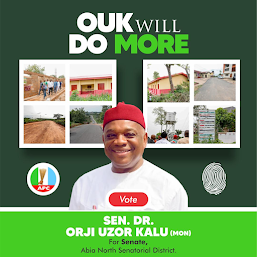

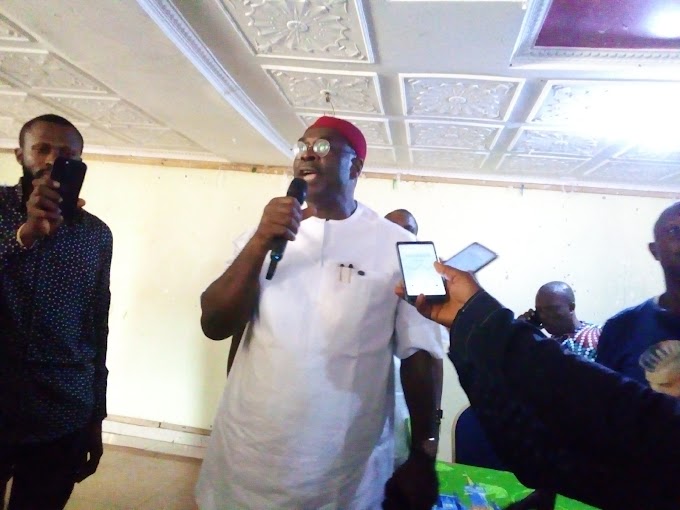


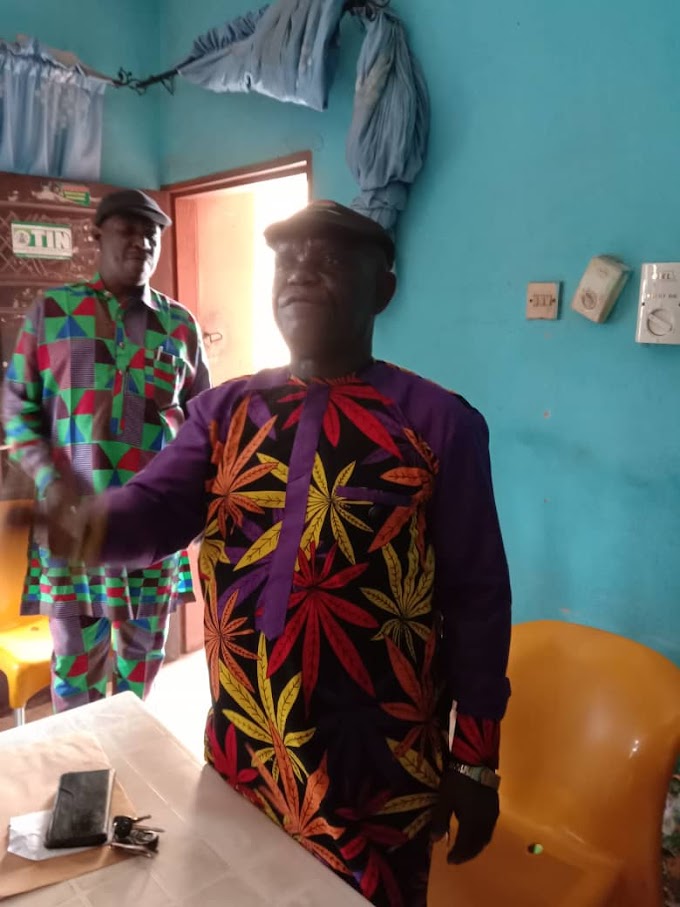

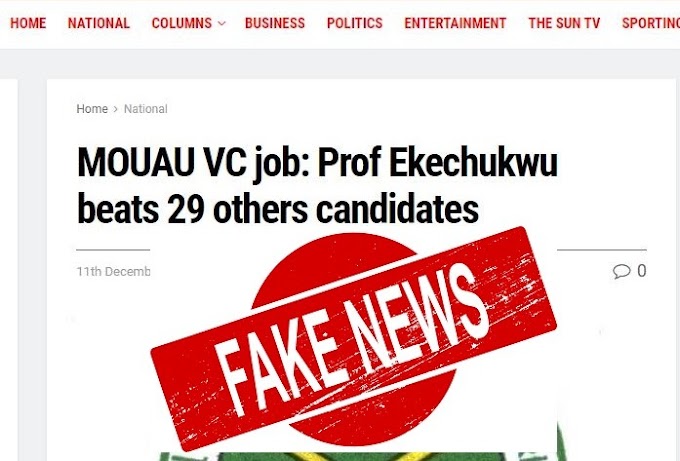
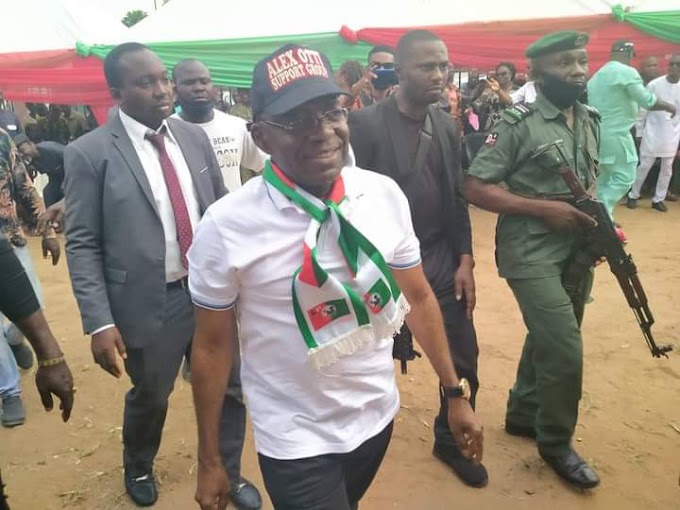


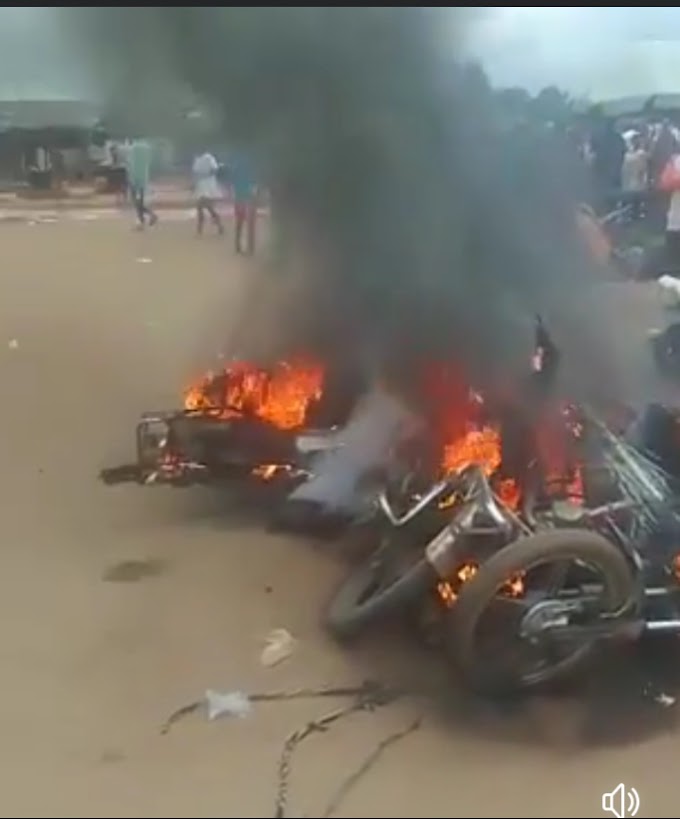
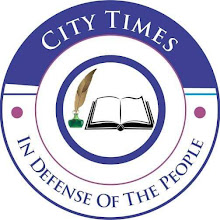




0 Comments